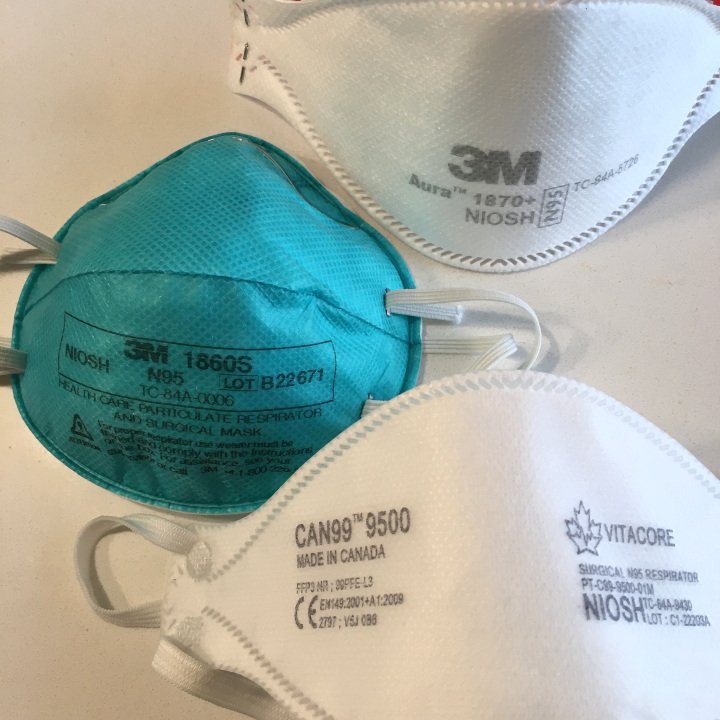When Ontario’s wastewater surveillance program is shut down next month it will be replaced by a significantly smaller federal program. That potential information gap worries some researchers and public health experts, especially at a time when COVID-19 cases are starting to tick up and avian influenza is spreading rapidly.
Ontario’s wastewater testing initiative, considered a world leader, currently tests wastewater for signs of infectious diseases including COVID, influenza, RSV and more at 58 locations across the province. The provincial government plans to pull the plug on the program at the end of July, saying it wants to avoid duplication with an expanding pan-Canadian wastewater surveillance program.
That new federal program includes plans to conduct wastewater surveillance in five Ontario cities. Four of the five cities have not yet been selected.
The Public Health Agency of Canada, in collaboration with Statistics Canada, currently tests at wastewater plants in the Greater Toronto Area and plans to expand to establish federal testing in four currently unnamed additional cities, PHAC spokesperson Anna Madison said.
“PHAC and Statistics Canada are collaborating with Ontario partners to determine testing locations and implement testing ahead of the next influenza season,” she said.
News that Ontario planned to shut down its wastewater surveillance system blindsided many researchers and public health experts and has been met with growing concern by health experts and others. Last fall, the province’s scientific advisory committee on emergency response recommended the province keep the program as an early warning for emerging and existing infectious disease threats and as a means of supporting equity in public health.
Maxwell Smith, an assistant professor at Western University and CIHR Applied Public Health Chair in Ethics & Health Emergencies, is a member of that committee. He said he had concerns that the federal program would not be a robust replacement for Ontario’s program and that it would not be as accessible in real time.
He and others note that Ontario’s program helps to reduce health inequities by testing broadly. In Ottawa, for example, that data has been used to help pinpoint neighbourhoods in need of more targeted public health interventions.
Rob Delatolla, the University of Ottawa engineering professor who kickstarted wastewater surveillance efforts in the province when his lab became the first in Canada to pick up data on the virus that causes COVID-19 in wastewater, said Ontario’s wastewater surveillance initiative shared data with the Ontario Ministry of Health, Public Health Ontario and the 34 public health units across the country. It was also engaged with practitioners working in pediatric hospitals, long-term care facilities and shelters as well as medical leads in First Nations.
“The approach enabled and showed some success in leveraging wastewater surveillance to address health inequities that became apparent during COVID. In particular, this enabled the provincial program to make advances in the use of wastewater surveillance data for the vulnerable people and populations in our communities,” Delatolla said.
Among the most vulnerable are young children with compromised immune systems who are likely to have severe outcomes if they get infected with RSV. Wastewater surveillance enabled provincial health officials to more accurately assess the start of RSV season in order to administer prophylactic drugs to the most vulnerable children, preventing hundreds of hospitalizations and saving the province $3.5 million, according to research.
“I think the PHAC program is not designed to address health inequities in these populations, nor to provide wastewater surveillance across the entire province, but rather to act as a warning system for future pandemics,” Delatolla said.
He added that the PHAC surveillance program might not be well designed as warning signal of the next pandemic, if it was the result of a spillover of highly pathogenic avian influenza to humans, because the federal program focused on large cities, unlike the provincial program, which includes rural communities.
uOttawa epidemiologist Raywat Deonandan said that, with fewer sites, the federal plan would mean less data resolution (the level of detail in which data is captured).
“Measuring is the key to the science of public health control and you can’t make informed decisions without good quality data.” If the federal plan has fewer sites than the provincial program, Deonandan said, there will be less data resolution which will make it more difficult to “zero in on concerns.
“If the resolution is poor, all we can see is that somewhere in Eastern Ontario there is an uptick of cases. How do we know exactly where to swoop down and have an intense public health response?”
He called wastewater surveillance — which cost the province $15 million over the past year — a relatively high-impact, low-cost program.
“You don’t have to do random testing of individuals, you just have to take a sample of the sewage. It is not complicated and is relatively inexpensive. Of all things to scale back, why this?”
Deonandan said it would make sense to have co-ordinated programs in every province and territory that are supported, compiled and shared internationally by the federal government.
